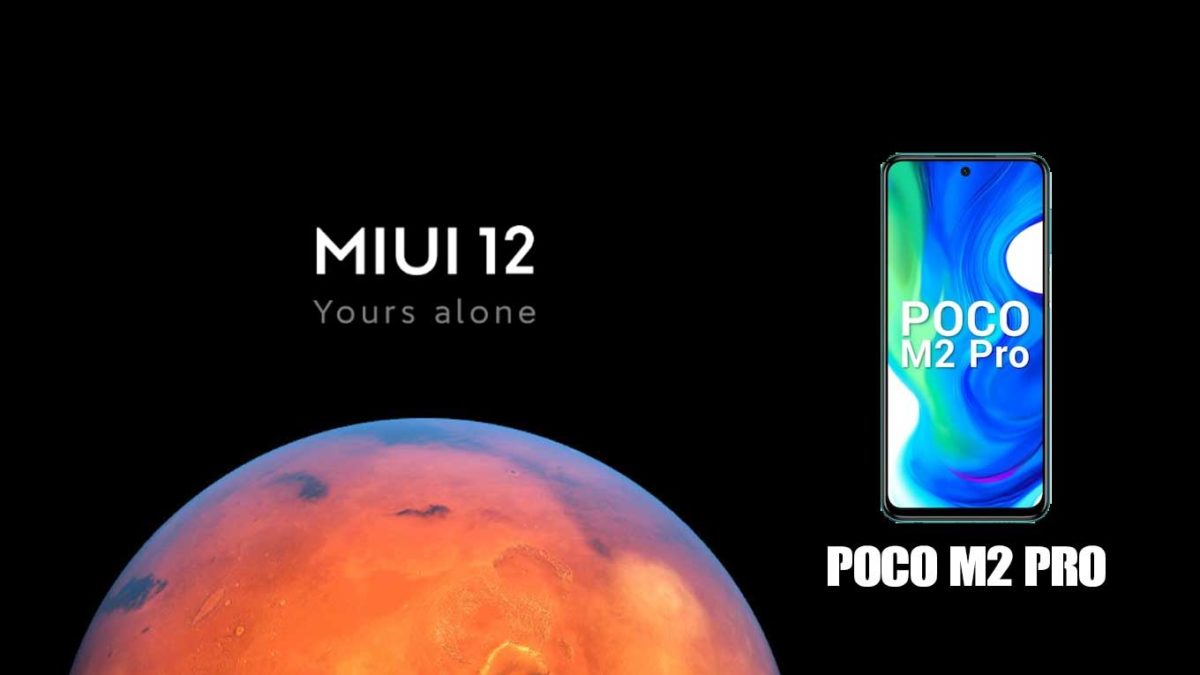Poco X3 Pro review with pros and cons should you buy it?
The logo is embossed and more visible when viewed face-on and just disappears when the X3 Pro is held at an angle. You’ll either love the brashness of this design or you’ll hate it. I kind of dig it but completely understand why you might hate it. Anyone reading this should keep in mind that software, like design, is more of a subjective matter, and so what I might not like, someone might love. And if you are someone who loves Xiaomi’s MIUI, then you would love the Poco X3 Pro too. The Poco X3 Pro has been nothing short of impressive in every category I have tested until now. But no phone can be perfect and if it is, then there will be nothing to innovate on.
So, you may not be wrong to think that they are the same displays, but in reality, they are not. Once you firmware flip them over, you will notice that these are two different phones as they look completely different from the back. And the most visually noticeable difference is the camera island and Poco branding. Compare phone and tablet specifications of up to three devices at once.

As of 5G connectivity, POCO X3 Pro does not support 5G bands. The 20MP shooter at the front captures good pictures, which looks a bit on the softer side but gets the job done. Selfies from this one can easily fetch you few social media likes or maybe some hearts (at least more than what I get). To keep the price under control, Poco has opted for a dual-tone plastic back on Poco X3 Pro, where the glossy part in the middle easily picks up fingerprints.
- Regarding the stability and speed of work, the Chinese fulfilled their promises, many noted an improvement in this regard.
- Featuring a 5160 mAh Li-Po battery, you can expect to use this phone for quite a while without having to charge.
- The display of the Poco X3 Pro is protected by Gorilla Glass 6.
- Starting with the Xiaomi Poco M4 Pro 5G, the device has a sleek and modern design.
It does capture a lot of area and retains a decent amount of detail. The shots contain so much noise that it’s better to avoid using this camera at night. Pixel switching happens quite quickly on Twisted Nematic (TN) LCDs, which is why gaming monitors are built on this technology. On the other hand, IPS (In-Plane Switching) screens, like the one of the Poco X3 Pro, are the slowest when it comes to pixel response.
